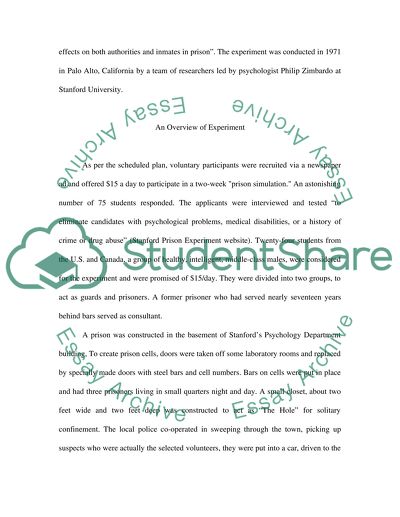Cite this document
(“Implications for Defence Managers and Commanders of the Findings of Research Paper”, n.d.)
Implications for Defence Managers and Commanders of the Findings of Research Paper. Retrieved from https://studentshare.org/politics/1522408-organisational-behaviour-master-essay
Implications for Defence Managers and Commanders of the Findings of Research Paper. Retrieved from https://studentshare.org/politics/1522408-organisational-behaviour-master-essay
(Implications for Defence Managers and Commanders of the Findings of Research Paper)
Implications for Defence Managers and Commanders of the Findings of Research Paper. https://studentshare.org/politics/1522408-organisational-behaviour-master-essay.
Implications for Defence Managers and Commanders of the Findings of Research Paper. https://studentshare.org/politics/1522408-organisational-behaviour-master-essay.
“Implications for Defence Managers and Commanders of the Findings of Research Paper”, n.d. https://studentshare.org/politics/1522408-organisational-behaviour-master-essay.


